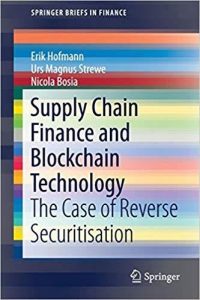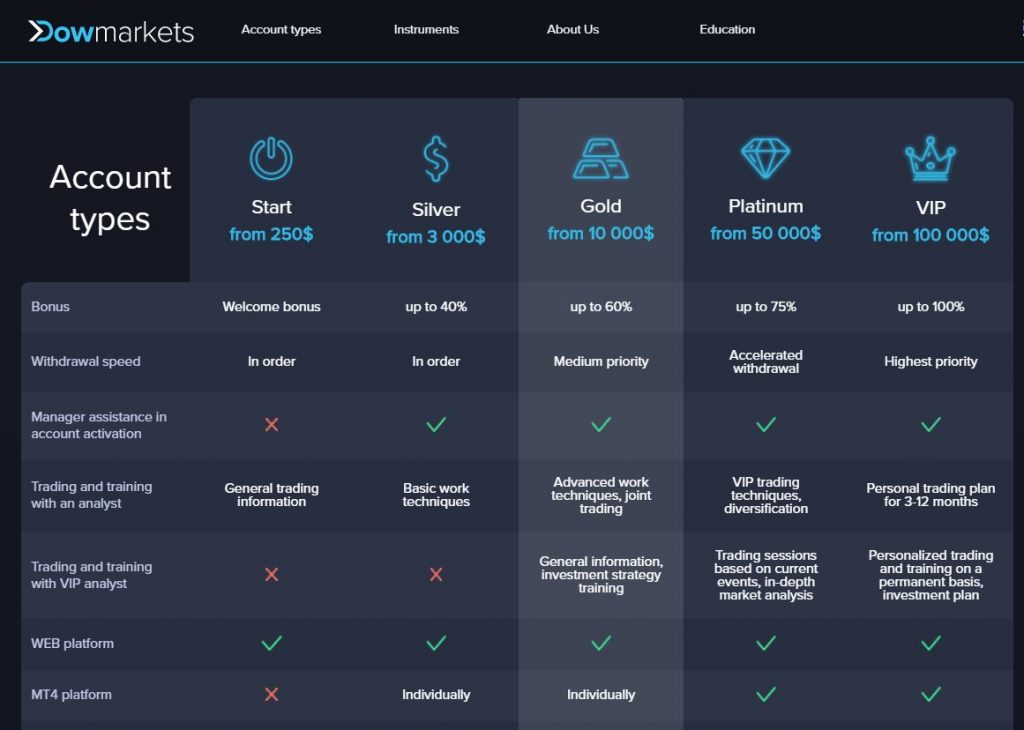Contents:

As a more mathematical application, the value of pi can be approximated by the usage of random walk in the agent-based modeling environment. Random walk theory claims that stock prices move randomly and are not influenced by their history. Because of this, it is impossible to use past price action or fundamental analysis to predict future trends or price action. If markets are indeed random, then markets are efficient, reflecting all available information. In contrast to the Random Walk Theory is the contention of believers in technical analysis – those who think that future price movements can be predicted based on trends, patterns, and historical price action. The implication arising from this point of view is that traders with superior market analysis and trading skills can significantly outperform the overall market average.

The random walk theory’ states that fundamental analysis which is superior in nature will definitely lead to superior profits. A random walk is a stochastic process that consists of the sum of a sequence of changes in a random variable. These changes are uncorrelated with past changes, which means that there is no pattern to the changes in the random variable and these changes cannot be predicted.
‘Dr. Doom’ Nouriel Roubini says stocks and bonds will suffer for … – msnNOW
‘Dr. Doom’ Nouriel Roubini says stocks and bonds will suffer for ….
Posted: Fri, 24 Feb 2023 15:09:35 GMT [source]
Please try again later or contact We apologize for the inconvenience. It may, therefore, be said that since the prices have an independent nature, the price of each day is different, it may, be unchanged or higher or lower from the previous price. The Random Walk Theory points out the institutional factors and thus brings the theory to some state of logic.
366 Random Walks and Diffusion
The hypothesis first gained popularity following the Ph.d dissertation of Eugene Fama in 1965, and it serves as a key tenet of modern random walk theory. According to EMH, the current market price of a security reflects all available information and is its “true” value. The behavior of share price movements in the stock market is due to random, unpredictable events, according to the random walk theory. The random walk trading strategy does one thing that neither fundamental nor technical analysis can really assert.
In a normal distribution, 99.7% of all these returns would be within ±3 standard deviations of the mean. Instead, the distribution has fat tails, shown in the dotted lines on the graphic above. This means a relatively high number of returns fall outside the normal distribution. These abnormal returns provide evidence of extended moves, outsized moves or trends. Note that the image above is just a hypothetical example to illustrate a point. One-dimensional random walk An elementary example of a random walk is the random walk on the integer number line, which starts at 0 and at each step moves +1 or ?
To see a larger example, the following is a two-dimensional random walk generated in the same way as the exercise. On this page, you will learn about random walks and Brownian motion. We will use this in the next couple of pages to explain some models of randomly growing surfaces. With over 50+ years of combined trading experience, Trading Strategy Guides offers trading guides and resources to educate traders in all walks of life and motivations. We specialize in teaching traders of all skill levels how to trade stocks, options, forex, cryptocurrencies, commodities, and more.
Criticisms of Random Walk Theory
Over the years, https://forexhistory.info/ has undergone extensive scrutiny. Many scientifically conducted studies and informal trials have been performed in an attempt to illustrate its significance. It is possible to have some profit above the normal profit by developing a kind of trading strategy but the Random Walk Theory is not merely based on price or return levels but all changes of prices between successive levels. Sometimes, there will be over adjustments in the market, while some other time there will be under-adjustments.

Prof. Martin Weber has carried out several studies to identify trends in stock prices and the stock market. Weber is a leading researcher in behavioral finance, who works at the University of Mannheim in Germany. This is entirely possible because of some super analytical power like financial statement analysis or knowledge about inside factors which the public do not know. Therefore, random walk theory in its semi-strong form supports the fundamental school of thought.
Now that we know a little more about https://forexanalytics.info/ walks, let’s take another look at the video we saw before. The video shows the paths of 7 black dots undergoing a random walk in 2D. All of the dots start out in the same place and then start to wander around. By the end of the video, some of the dots ended up above where they started, some below, some to the right, and some to the left. Some don’t end up very far from where they started and others manage to travel quite a distance. Now that we’re through with all of that math, how can we relate random walks to real life?
But if the random walk hypothesis is valid then asset prices are not rational as the efficient market hypothesis proposes. Another test that Weber ran that contradicts the random walk hypothesis, was finding stocks that have had an upward revision for earnings outperform other stocks in the following six months. With this knowledge, investors can have an edge in predicting what stocks to pull out of the market and which stocks — the stocks with the upward revision — to leave in. Martin Weber’s studies detract from the random walk hypothesis, because according to Weber, there are trends and other tips to predicting the stock market. Martin Weber, a leading researcher in behavioural finance, has performed many tests and studies on finding trends in the stock market. In one of his key studies, he observed the stock market for ten years.
Why Market Efficiency is Important
https://day-trading.info/ analysis is a technique used in technical analysis that attempts to predict future stock price movements based on recently observed trend data. According to random walk theory, it is impossible to consistently outperform the market over the long term through stock picking or market timing. However, it is still possible to profit in the stock market by buying and holding a diversified portfolio of stocks, such as with an index fund. Dow Theory is made up of several tenets, which include the idea that stock prices move in trends, that these trends have distinct phases , and that volume is an important indicator of the strength of a trend. That this is the only way to match market performance without taking on excessive risk. This is borne out by the fact that there are individual traders who are able to beat the market averages over a long period of time by taking advantage of short-term anomalies in asset prices.
- (Additional notes on “Gram-Charlier” corrections for residual risk in Bouchaud-Sornette theory; see also Problem Set 3.) Discrete versus Continuous Stochastic Processes .
- It is, therefore, important to build comprehensive and relevant EMH knowledge and skills to be able to take advantage of such market opportunities.
- Stock prices are not really random walks because there are some patterns that you might observe, and optimization that you can do to stack the odds in your favor.
- Fred bet $1 on red, at even stakes, 50 times, winning 22 times and losing 28 times.
- The random walk theory suggests a cost-effective way of investing.
With “random walk”, Malkiel asserts that price movements in securities are unpredictable. Because of this random walk, investors cannot consistently outperform the market as a whole. Applying fundamental analysis or technical analysis to time the market is a waste of time that will simply lead to underperformance.
The theory thus has important implications for investors, suggesting that buying and holding a diversified portfolio may be the best long-term investment strategy. Random walk theory states that stock prices are random, so that past movement or trend of a stock price or market cannot be used to predict its future movement. As well, periodic market bubbles and crashes further serve as empirical evidence of the inefficiencies of financial markets.
Fecal contamination of urban parks by domestic dogs and tragedy of … – Nature.com
Fecal contamination of urban parks by domestic dogs and tragedy of ….
Posted: Wed, 01 Mar 2023 10:59:49 GMT [source]
In many situations, the market has not acted as predicted, proving that stock prices are indeed random. In a world where markets are efficient, the only way to earn a return is with the market itself. That is to invest in ETFs or mimic an Index by buying the same stocks in the same quantities. In this way, the cost of fund managers can be avoided, and you will end up earning the same return or maybe more because fund managers charge fees for funds they manage. In the context of random graphs, particularly that of the Erdős–Rényi model, analytical results to some properties of random walkers have been obtained.
Continuous-time Random Walks
According to the random walk theory, stock price changes have the same distribution and are completely independent of one another. According to Bachelier, stock prices represent the “steps of a drunkard,” with the next step being wildly unpredictable in comparison to the previous one. He asserted that consistent financial gain from stock picking was a negative expectation proposition, with the end result being “zero minus costs.” The “random walk theory” is the belief in finance that a security’s current market price is a product of chance rather than the sum of past events or the result of patterns in human behaviour. This form of the market reflects all information regarding historical prices as well as all information about the company which is known to the public.
One of the main criticisms of the Random Walk Theory is that the stock market consists of a large number of investors, and the amount of time each investor spends in the market is different. Non-random walk theory supporters believe we can make predictions regarding stock prices after observing past trends. A Non-Random Walk Down Wall Street is a collection of essays offering empirical evidence that valuable information can be extracted from security prices.
The theory says that if Stock Prices are random, we need to waste money and hire fund managers to manage our money. It may happen that a fund manager has managed to provide an alpha return, but it may be due to luck, and luck may not sustain, and it may not provide an alpha return in the next year. If vs is the starting value of the random walk, the expected value after n steps will be vs + nμ. For example, a Wiener process walk is invariant to rotations, but the random walk is not, since the underlying grid is not .
Moreover, if you believe that new information affecting a stock is as likely to be positive as it is negative, then the flow of that information is also a random event. That further supports the random walk hypothesis and its explanation of stock price movements. The random walk theory also known as the random walk hypothesis is a financial model which implies that there is no degree of predictability in the movement of stock prices. In other words, the random walk method assumes that stock prices are random thus using historical prices to forecast future price movements is futile. By accepting that stock prices are unpredictable and efficient, investors can focus on long-term planning and avoid making rash decisions based on short-term market movements.

A perfectly competitive market which according to it operates in an efficient manner in order to bring about the actual stock prices with its present discounted value. This means that the equilibrium value of a stock determined by its demand and supply features represents the value of stock based on the information that the investors have. The random walk theory hypothesizes that share price movements are caused by random, unpredictable events. The random walk theory states the prices reflected in the stock market are determined by random events independent of the past, i.e. there is no reliable orderly pattern. Likewise, the random walk hypothesis has been connected to the efficient market hypothesis because both theories claim that it’s difficult for most stock traders to systematically beat the market. The random walk theory maintains that individual stocks do not move in any discernible pattern and therefore their short-term future movements cannot be predicted in advance.
The random walk theory reminds us that the world is complex and that we should be open to the possibility that things may not always unfold as we expect. It encourages us to embrace uncertainty and to be mindful of the role that chance plays in shaping our lives and the world around us. Suddenly there was news of the fire in the factory, and Stock Price fell by 10%. The next day when the market started, the stock price fell by another 10%.

This means that stock prices move unpredictably, so that past prices cannot be used to accurately predict future prices. Random walk theory also implies that the stock market is efficient and reflects all available information. Burton G. Malkiel, an economics professor at Princeton University and writer of A Random Walk Down Wall Street, performed a test where his students were given a hypothetical stock that was initially worth fifty dollars. The closing stock price for each day was determined by a coin flip. If the result was heads, the price would close a half point higher, but if the result was tails, it would close a half point lower.
